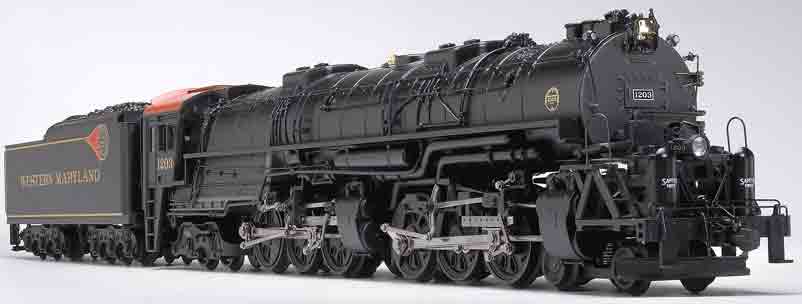
TO ACCURATELY DESCRIBE the steam-era classic 4-6-6-4 Challenger, you’d have to use words right out of a luxury car ad: powerful, fast, sleek, and big. Conceived as a fast companion to the Union Pacific’s mighty 4-8-8-4 Big Boy, the Challenger was a heavy-hauling speed demon. Its success can be measured in numbers: 252 were built […]
Read More…
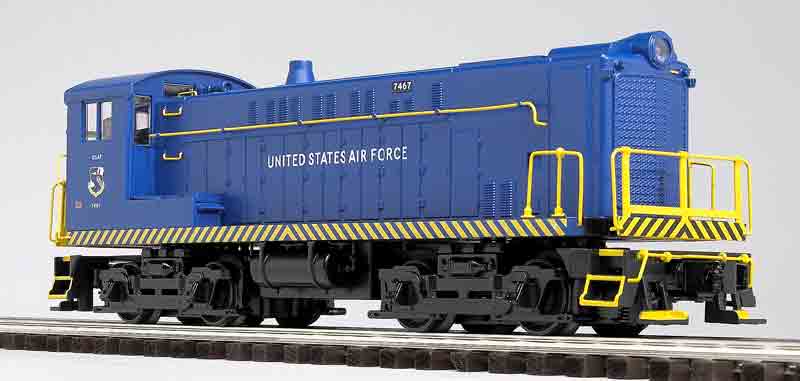
YEARS AGO, before joining CLASSIC TOY TRAINS magazine, I was an Air Force transportation officer. I found myself on a staff-assistance visit to Hill Air Force Base, Utah, and stumbled upon a weed-choked rail yard full of diesels in varying shades of faded Air Force blue. Baldwins, Whitcombs, Plymouths, Alcos, you name it. There they […]
Read More…
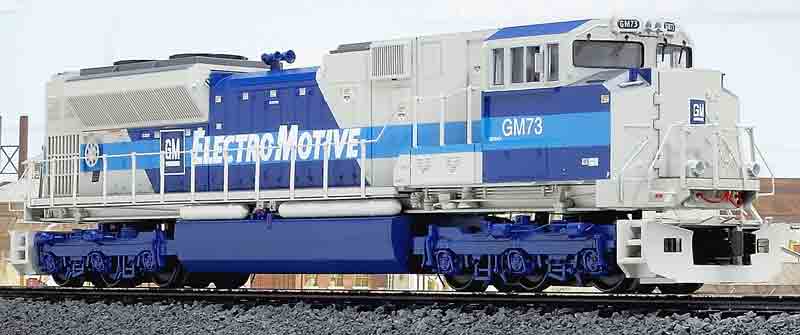
ONE OF THE Goliaths of modern railroading is the Electro-Motive SD70ACe, and it is far more than a tweak of the popular SD70. Electro-Motive designers re-worked its 16-cylinder prime mover to be more fuel-efficient and to meet tougher environmental emissions requirements. Improvments were made in just about every aspect: from crewmember ergonomics to ease of […]
Read More…
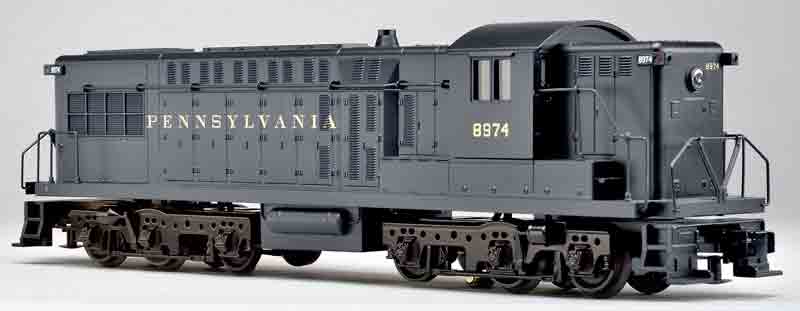
WHILE THUMBING THROUGH the ads in CLASSIC TOY TRAINS, I discovered a diesel that I’d missed when it originally came out: MTH’s version of the Baldwin AS-616 road switcher. Why? For me, the Pennsy is a secondary road name. But when I saw it offered at a bargain price, I reached for my wallet. The […]
Read More…

I’VE OFTEN THOUGHT that the Reading Company’s presence in popular culture – and in model railroading – was far greater than its actual importance as a railroad. Nonetheless, the Reading, a two-and-a-half-state regional carrier gone now for three decades, continues to attract a fan base so enthusiastic that you’d expect the line was still running. […]
Read More…
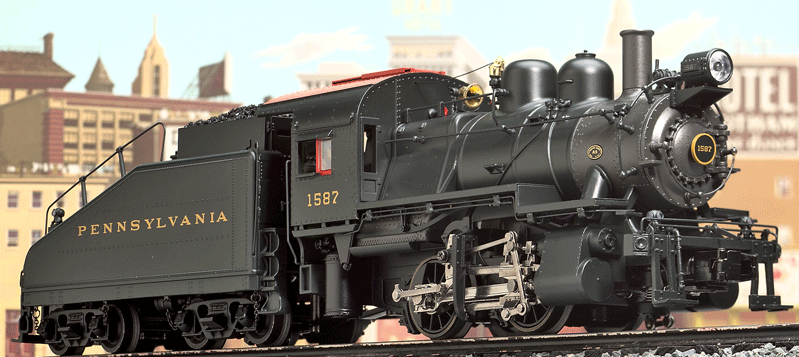
THE DIMINUTIVE A5-class 0-4-0 switcher will never be first in line when thinking about the stellar locomotives of the great Pennsylvania Railroad. But from the look of this steamer, its lineage to the Standard Railroad of the World is plainly evident. It has closely positioned domes, a Belpaire firebox, a headlight square above the number […]
Read More…
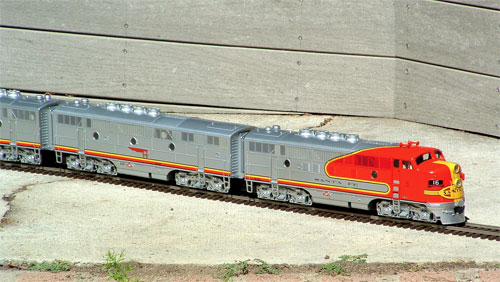
Gary Raymond 1:32 scale, gauge 1, ready-to-run F3 A and B diesel engines MTH Trains 7020 Colombia Gateway Drive Columbia MD 21046Price: F3 A (pair) $699 95; F3 B (each) $249.95 Web site: www.mthtrains.com Plastic models of EMD F3 A and B (lead, booster, and cab) diesel locomotives; models have modular electrical connections; two, two-axle […]
Read More…
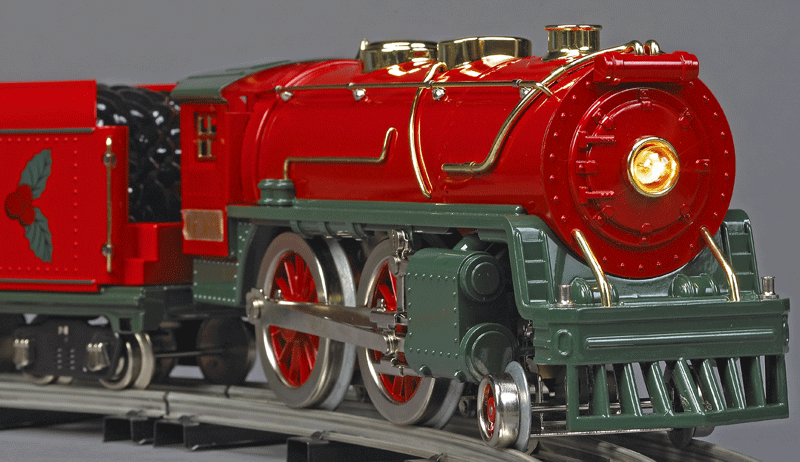
TINPLATE REPRODUCTIONS may be the last tension-free zone in model railroading. Nobody is yelling about competing command-control systems. Nobody takes prewar-style tinplate to task for looking toy-like. Nobody gripes about the wrong road name being applied to a locomotive. You can get your trains in the old-line colors or brand-new paint schemes. You can get […]
Read More…
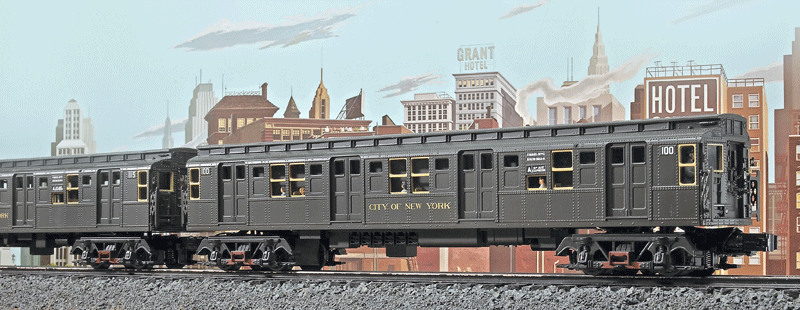
MTH HAS STEPPED BACK in time in an exciting way with an O gauge model of New York City’s rumbling R-1 subway cars. Until now, MTH has offered more contemporary models of mass transit equipment, in both its Premier and RailKing lines. The R-1 changes all of that. Between 1930 and 1931, American Car & […]
Read More…
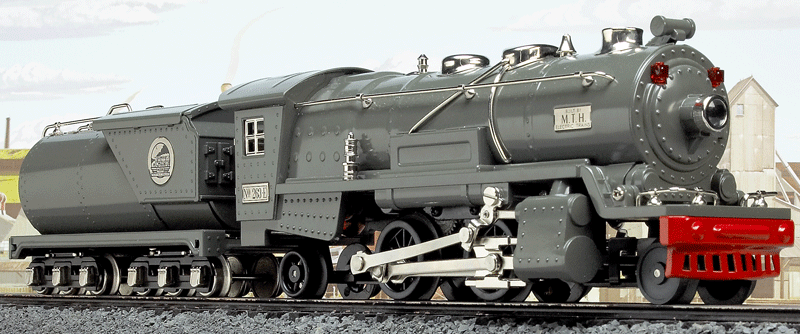
LIONEL’S PREWAR no. 263E steam locomotive was the last of its kind. The tinplate O gauge 2-4-2 locomotive was everything that its die-cast metal successors were not. It was glossy and bold and featured plenty of smooth sheet-metal surfaces accentuated by stamped rivets, nickel ladders, railings, and domes, with a red cow-catcher thrown in too. […]
Read More…
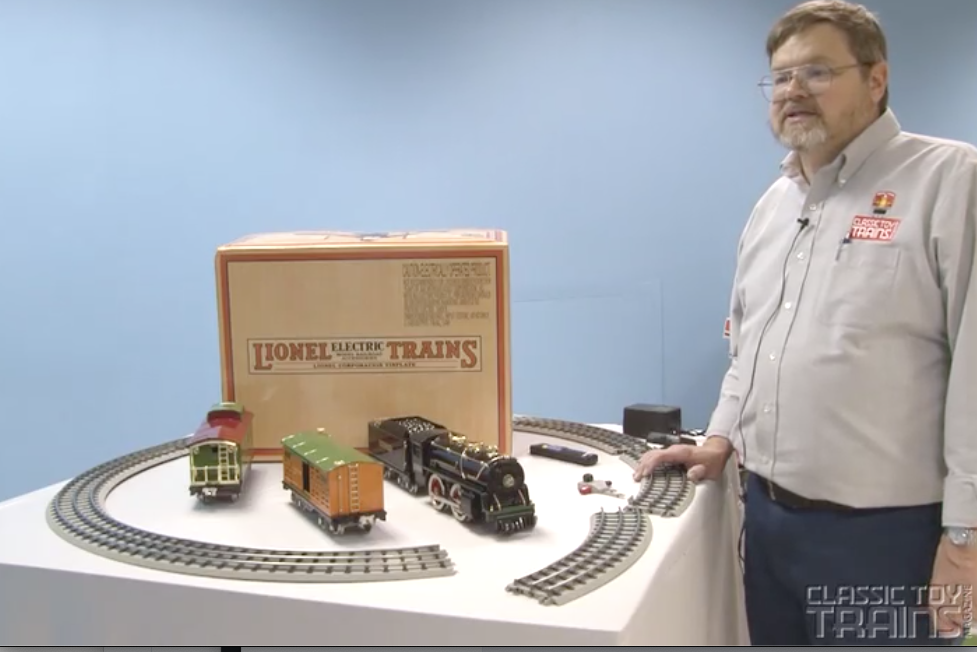
MTH’s Standard gauge no. 384 steam passenger set retails for $599.95 (no. 10-1250-1). It features die-cast metal and sheet-metal construction, two passenger cars, ProtoSound 2.0, smoke unit, track, and transformer. For more information, check out Bob Keller’s review inside the November 2006 issue of CTT, or see your MTH retailer. […]
Read More…

MTH’s Standard gauge no. 384 steam passenger set retails for $599.95 (no. 10-1250-1). It features die-cast metal and sheet-metal construction, two passenger cars, ProtoSound 2.0, smoke unit, track, and transformer. For more information, check out Bob Keller’s review inside the November 2006 issue of CTT, or see your MTH retailer. […]
Read More…











